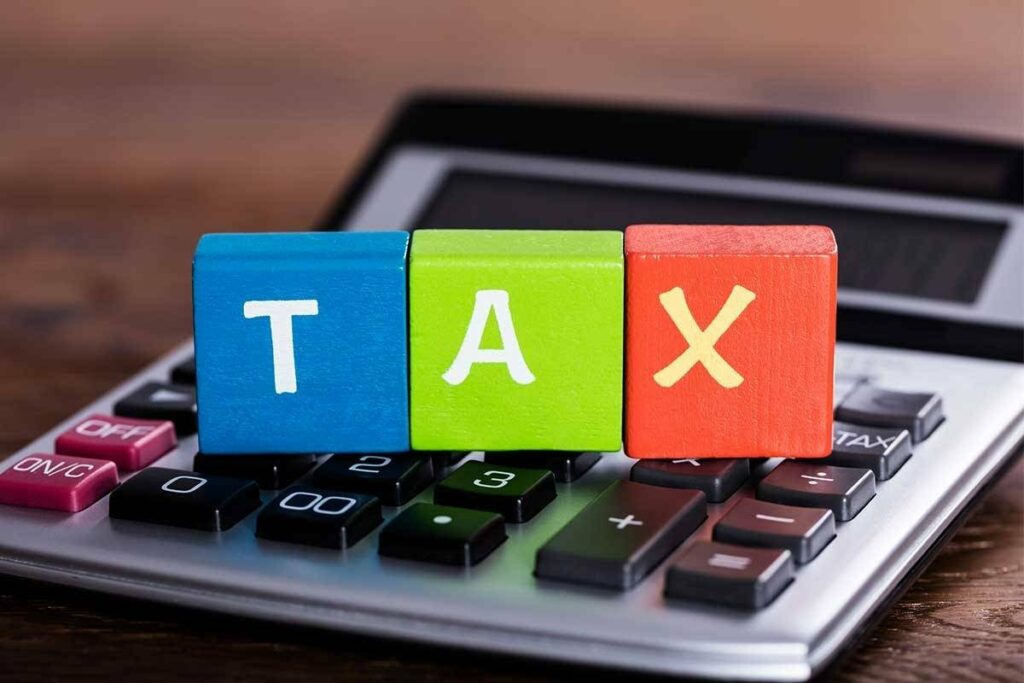Tax-free bonds are free from the obligation to pay the income tax on the interest income earned. Investors investing in tax-free bonds are not required to pay tax on the half-yearly or annual interest payments and there is no tax liability on the principal amount received on the maturity.
Simply put, a tax-free bond is almost similar to a fixed deposit when it comes to the investment. A lump sum can be invested in a tax-free bond that carries a fixed rate of interest for a fixed term. On maturity, the principal is returned back to the investor. However, there are certain other unique features in a tax-free bond such as face value, coupon rate or yield, etc. Also, unlike bank deposits, tax-free bonds are listed and traded in stock exchanges.
Tax-free bonds suit investors in the highest tax slab paying 30 percent tax on taxable investments such as bank fixed deposits. For someone paying 31.2 percent tax including surcharge invests in a 7 percent deposit, the post-tax rate is about 4.8 percent.
Some of the tax-free bonds as in the table below are currently available at a yield of above 5 percent.






